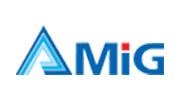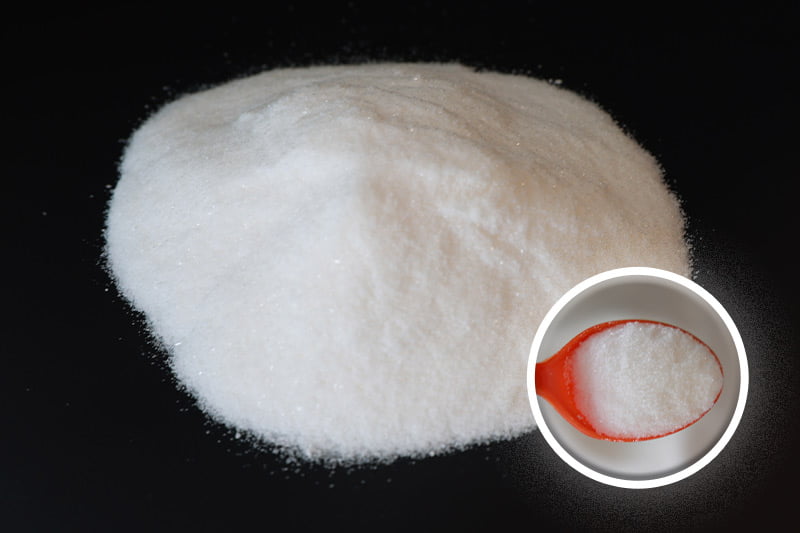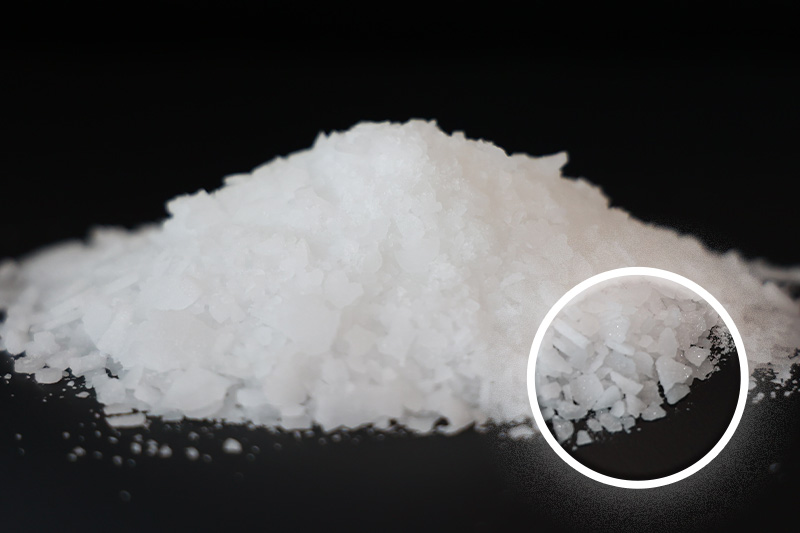Nous fournissons des produits chimiques spécialisés de haute performance
Shandong Jiuan Chemical Industry Co., Ltd.
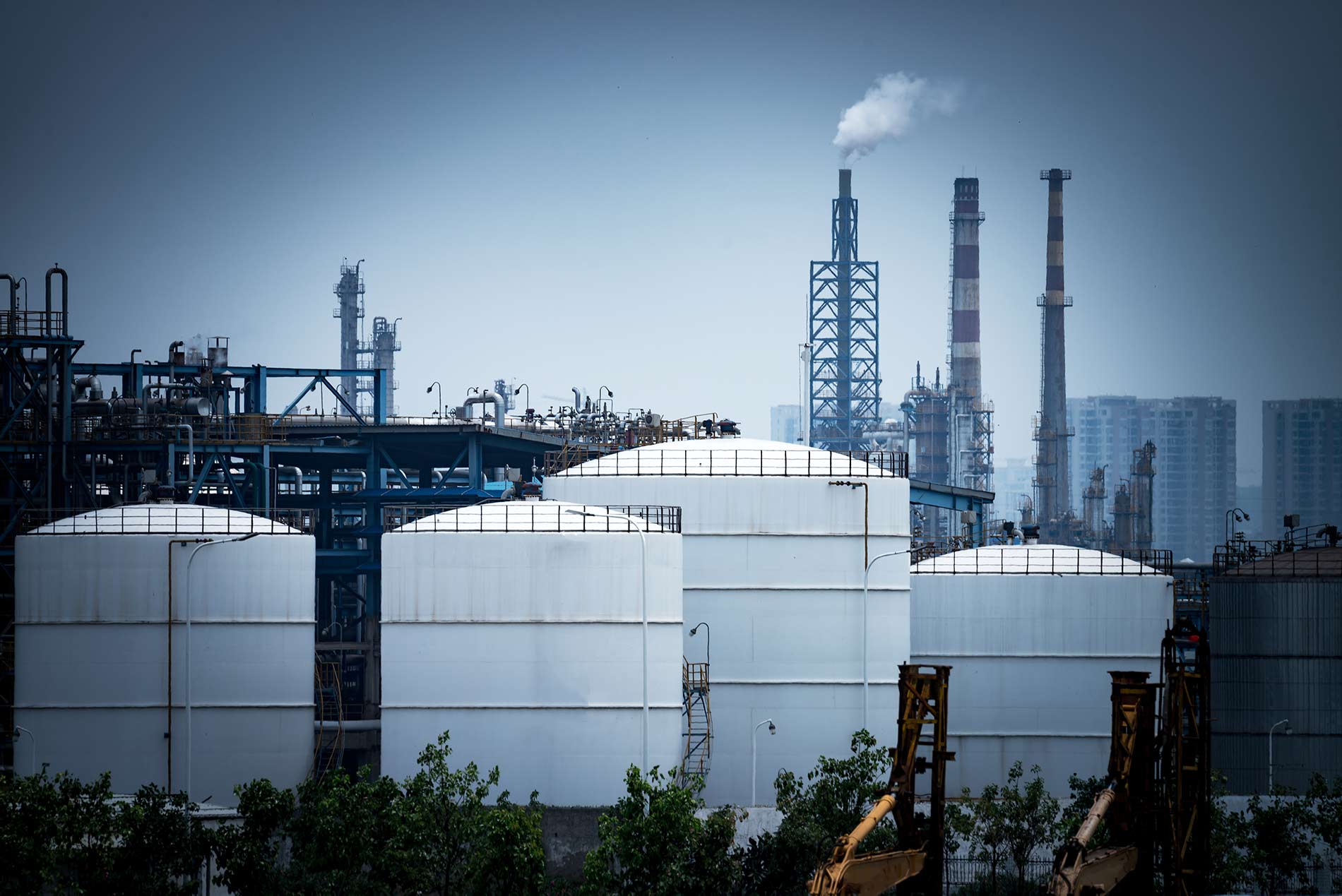
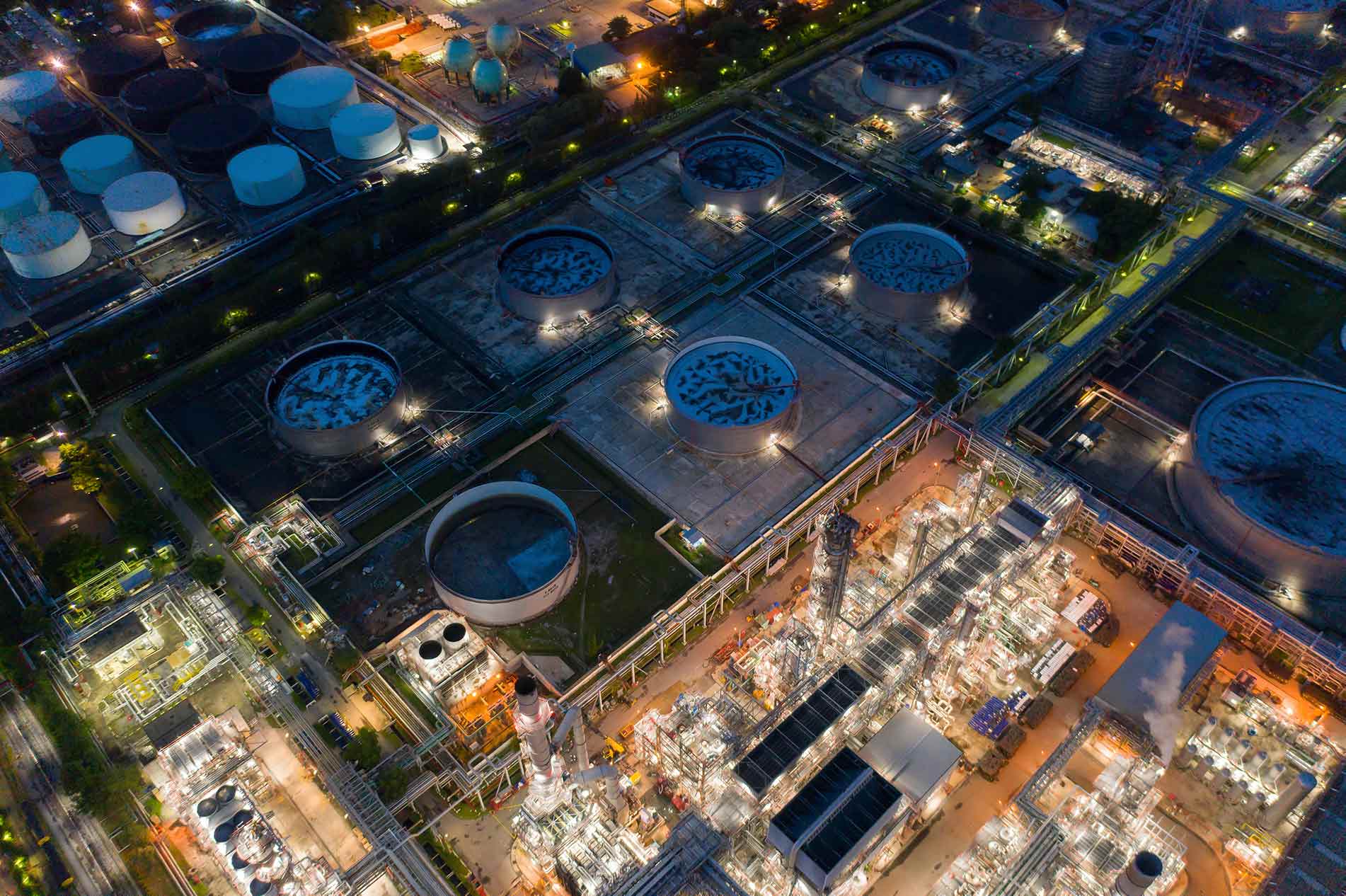
Solutions complètes de produits chimiques
Fournisseur de haute qualité axé sur le client !
L'industrie chimique de Shandong Jiuan au service de l'ensemble de la chaîne d'approvisionnement en produits chimiques pour les activités de fabrication et de distribution
Shandong jiuan industrie chimique co., ltd. Est le fabricant de première classe de formiate de sodium, de néopentyl glycol et de formaldéhyde en provenance de Chine. Nous sommes un producteur fiable. Nos produits sont exportés dans de nombreux pays et régions depuis des années. Nos clients proviennent de diverses industries, notamment l'industrie chimique, l'industrie pharmaceutique, l'industrie alimentaire, l'industrie textile, etc.
Produits offerts par l'industrie chimique jiuan
J'ai eu pour objectif de fabriquer
matières premières chimiques de haute qualité
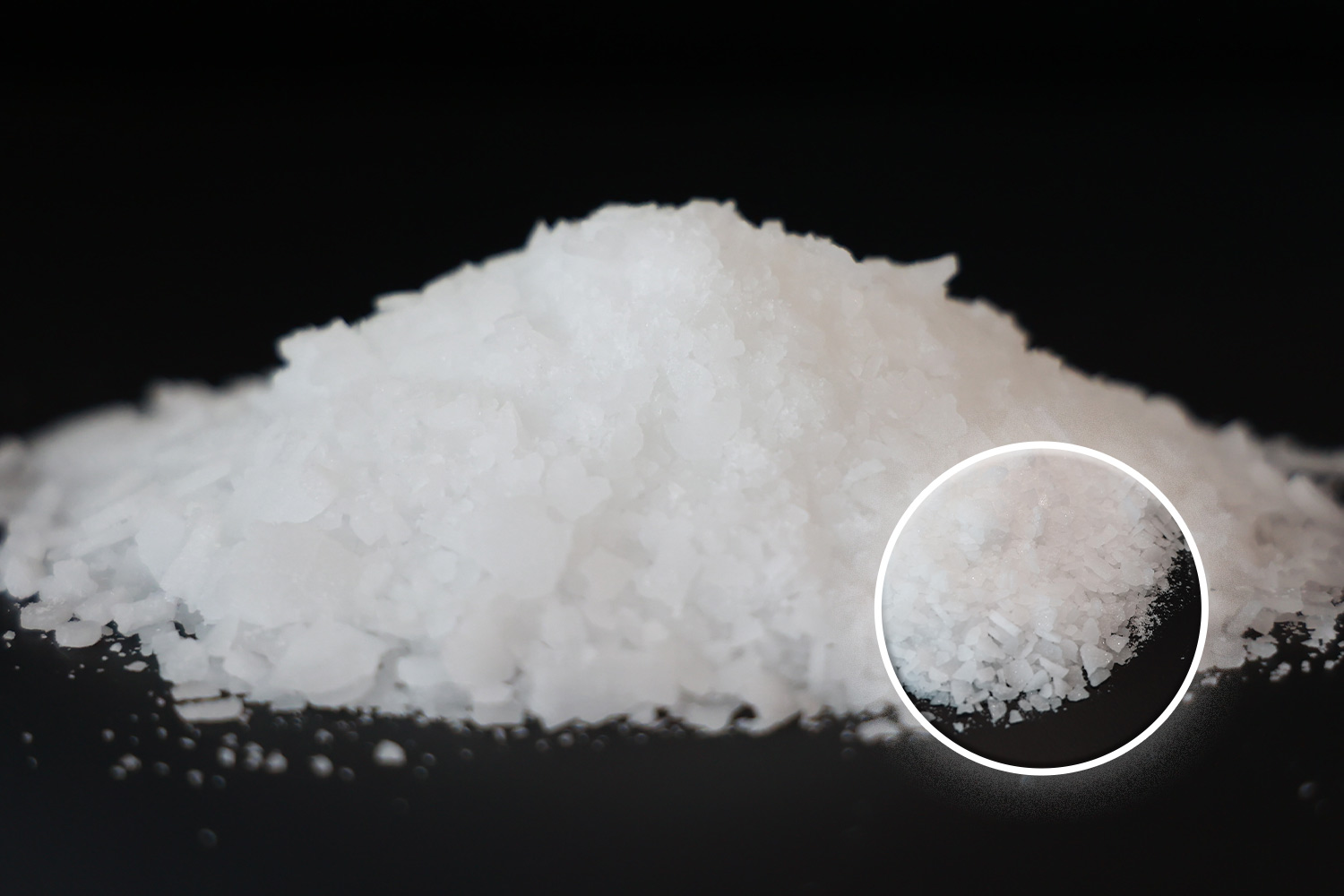
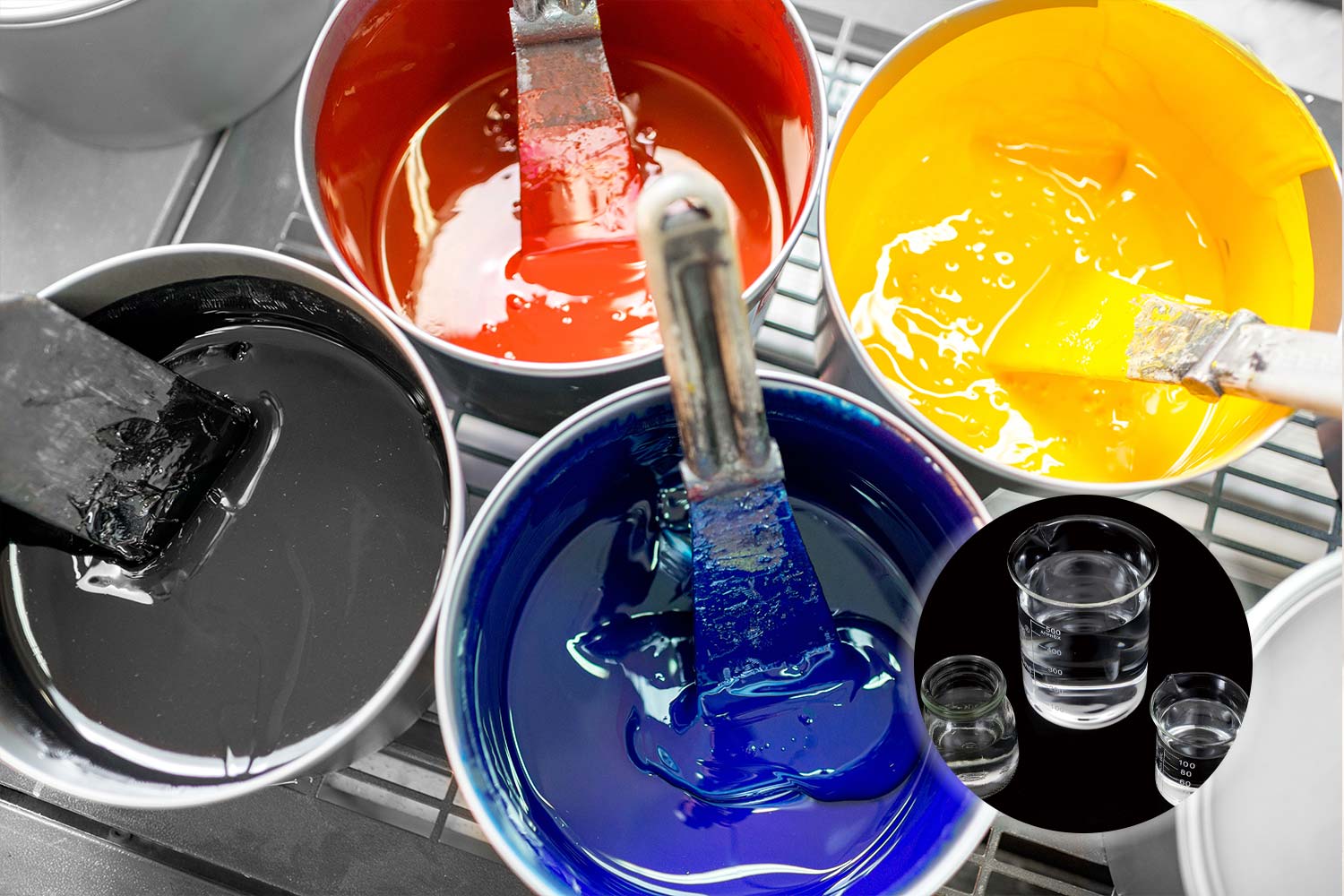
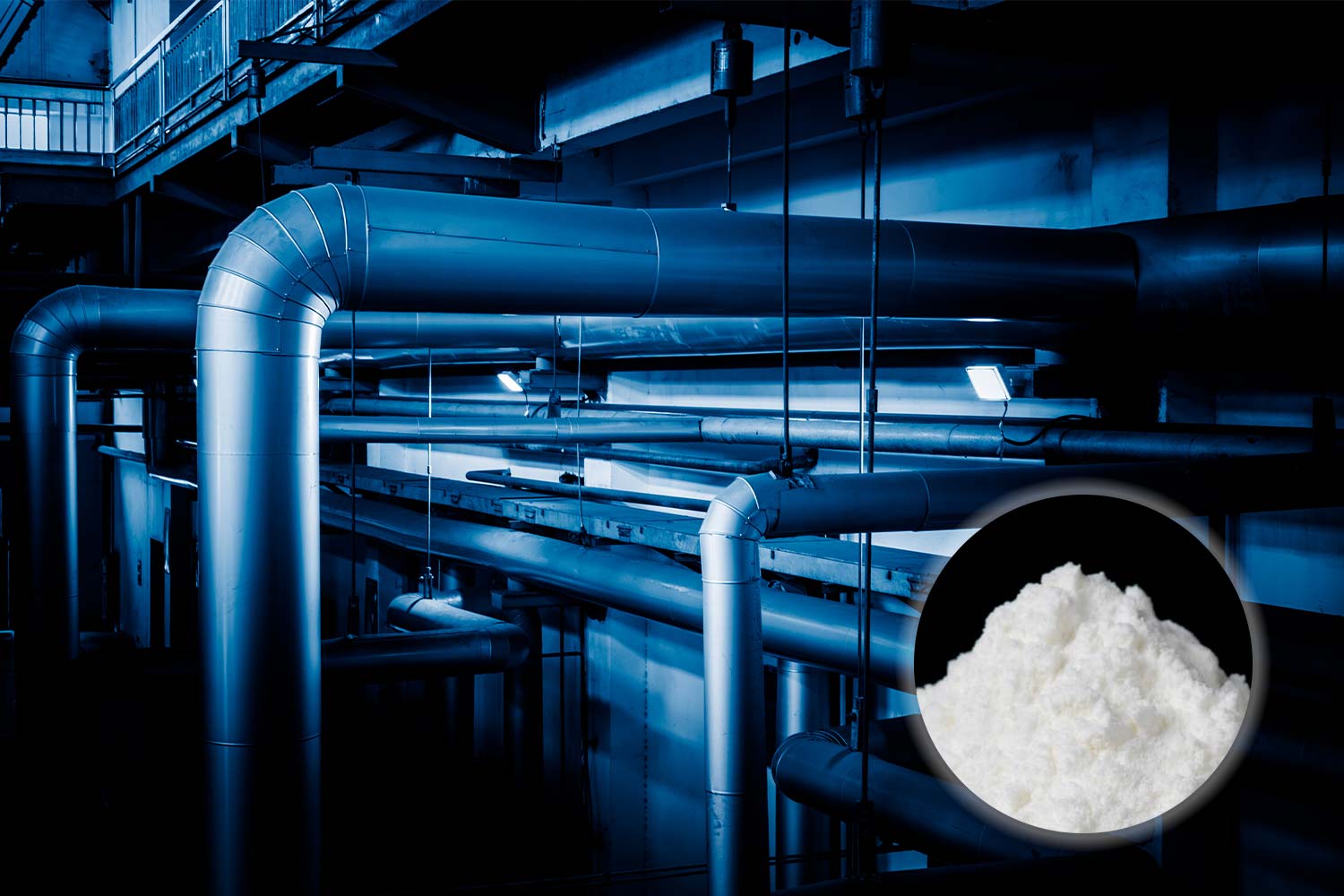
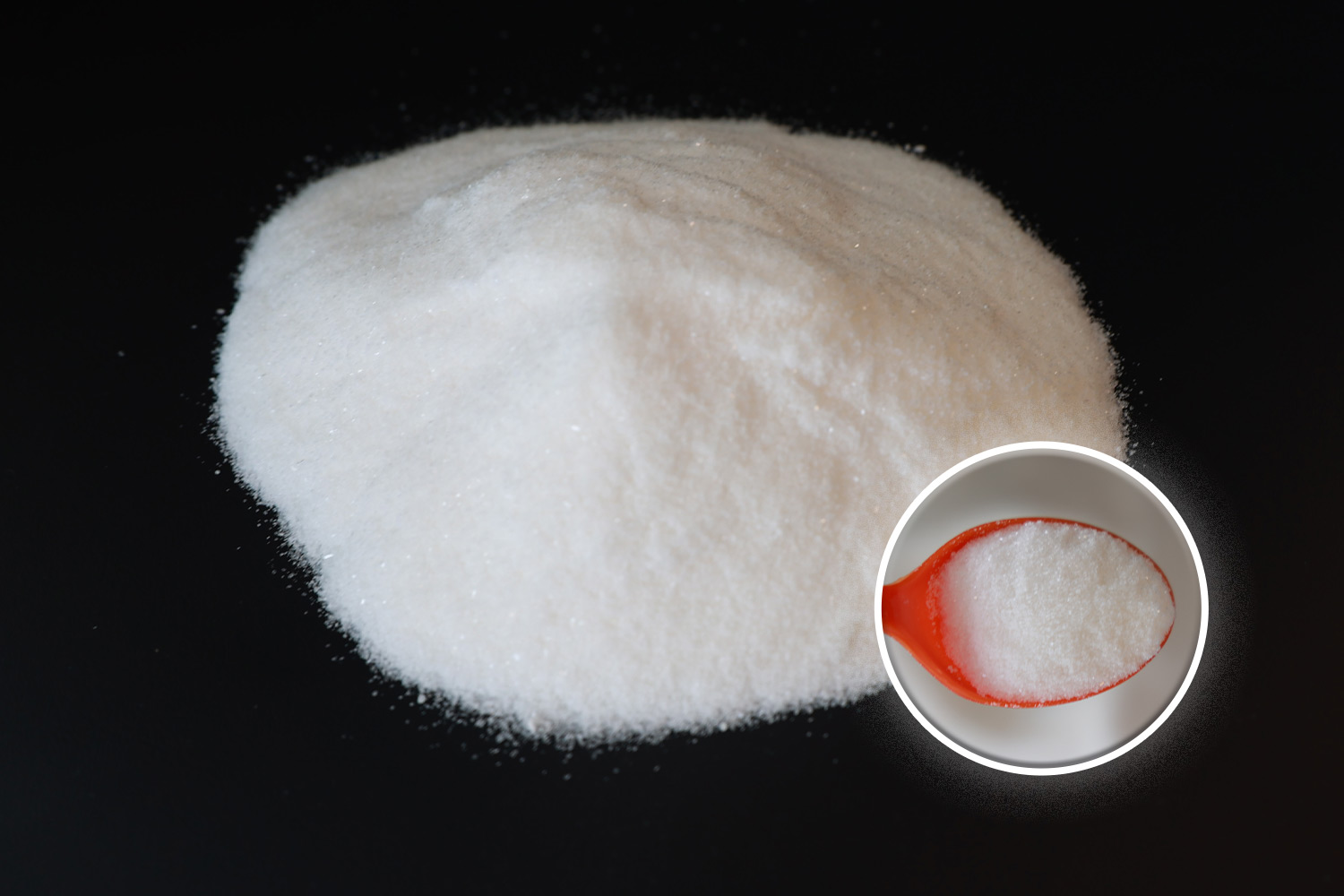

La qualité est
notre garantie
L'industrie chimique de Jiuan s'appuie sur de nombreuses années de clients mondiaux cumulés, nous desservons plus de 20 pays.
Choisissez Shandong Jiuan Chemical Industry Co., Ltd.
Vaste gamme de produits
Nous traitons une large gamme de produits chimiques destinés à tous les segments de l'industrie.
Mettre l'accent sur la durabilité
La protection des personnes et de l'environnement est un objectif important pour nous.
Infrastructure solide
Nous avons construit une empreinte solide dans l'industrie de la fabrication et de la distribution de produits chimiques en construisant une infrastructure solide.
Portée mondiale
Nous travaillons dur pour faire sentir notre présence dans de nombreux pays à travers le monde.
Les meilleurs services de l'industrie et de l'entreprise
Fournir des services chimiques de haute qualité
pour plusieurs industries!
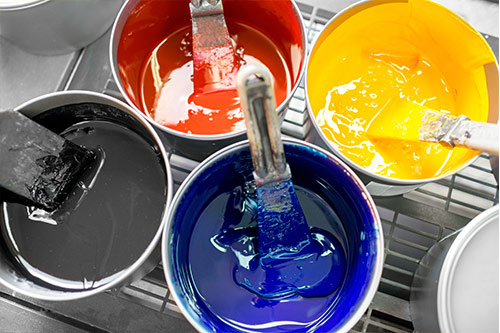
Encre à imprimer
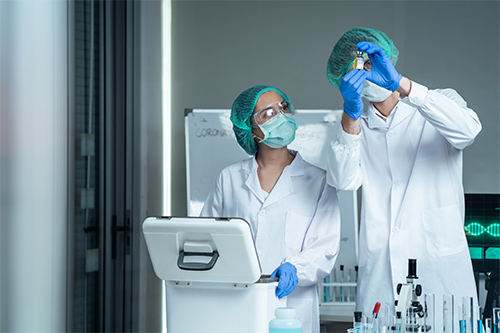
Industrie pharmaceutique
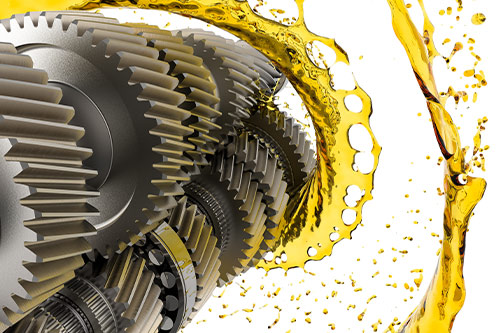
Huile de graissage

Fabrication de cuir

Peindre
Nous proposons les solutions chimiques les plus adaptées à votre activité, Découvrez tous les services
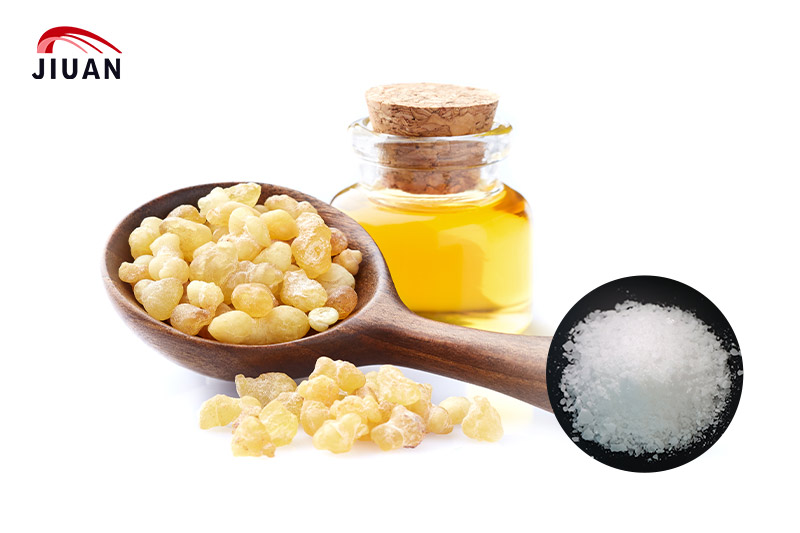
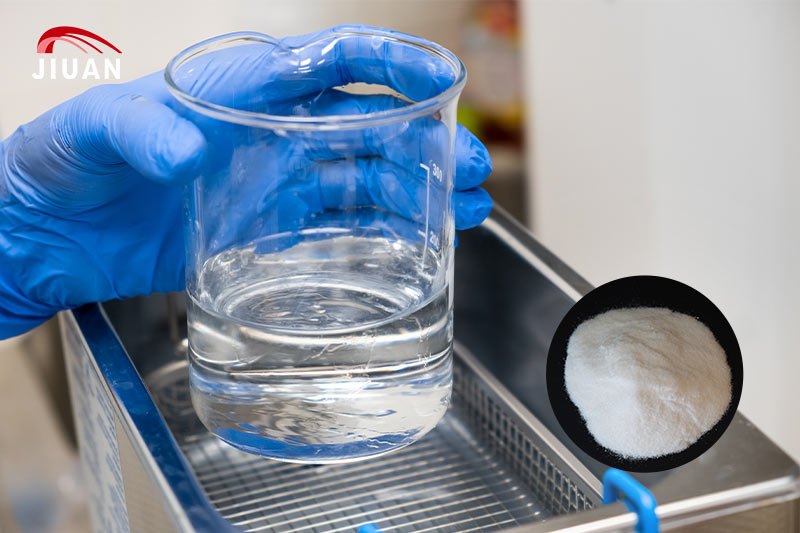

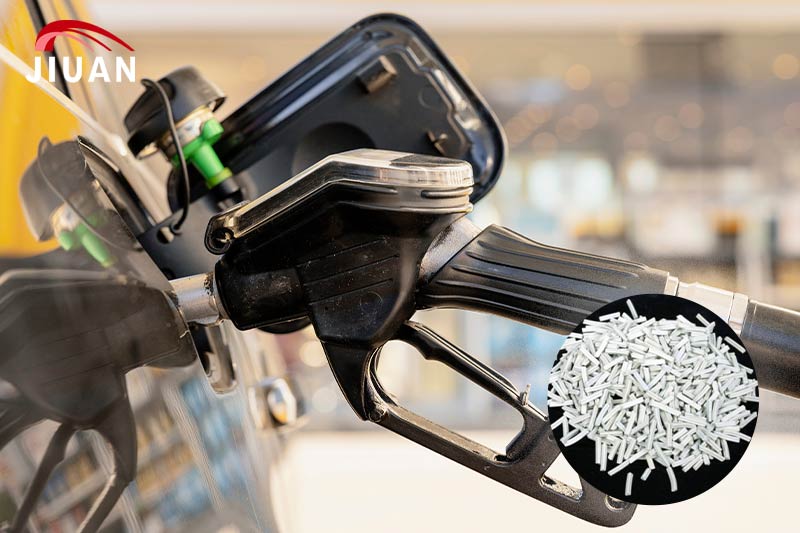


Explorer les cas
Nous vous fournissons des services de produits chimiques durables
L'industrie chimique de Jiuan entretient des relations et des projets durables avec de nombreuses entreprises internationales bien connues. Par exemple, les nouveaux matériaux polymères sino-français, l'anhui shenjian, l'industrie de la chanson tien, etc., sont reconnus comme l'une des principales sociétés de production de matières premières chimiques en Chine !
Le client est le plus grand producteur d'acide formique à Lahore, au Pakistan, avec 3 lignes de production modernes et les produits sont vendus dans le monde entier.
Les clients russes sont des entreprises chimiques à l'ancienne qui se sont implantées en Chine depuis de nombreuses années. Ils achètent chaque année des centaines de produits chimiques différents en provenance de Chine.
Des équipes dédiées à la clientèle et un service rapide
Vous avez des questions? N'hésitez pas à nous contacter.
L'industrie chimique de Jiuan est un chef de file de l'industrie de fabrication de produits chimiques en Chine, fière de contribuer à faire du monde un endroit meilleur, plus sûr et plus efficace. Nous nous engageons à développer des technologies innovantes et différenciées de manière collaborative et axée sur l'équipe, axées sur l'excellence opérationnelle et à fournir des produits et services de haute qualité à des coûts compétitifs. Contactez-nous aujourd'hui pour en savoir plus!
Concessionnaire de formiate de sodium en vrac, Concessionnaire de formiate de sodium en vrac, Concessionnaire de formiate de sodium en Chine, Concessionnaire de formiate de sodium Odm, Concessionnaire de formiate de sodium OEM, Distributeurs de formiate de sodium en vrac, Distributeur de formiate de sodium en vrac, Distributeur de formiate de sodium en Chine, Distributeur de formiate de sodium Odm, Distributeur de formiate de sodium OEM, Distributeurs de néopentyl glycol en vrac, Distributeurs de néopentyl glycol en vrac, Distributeurs de néopentyl glycol OEM, Distributeurs de néopentyl glycol Odm, Distributeurs de néopentyl glycol en Chine, Concessionnaires de néopentyl glycol en vrac, Concessionnaires de néopentyl glycol en vrac, Concessionnaires de néopentyl glycol Odm, Néopentyl en Chine Revendeurs de glycol
Nous vous répondrons dans les plus brefs délais, ou vous pouvez nous appeler tous les jours de 9h à 18h.
+86-18364366249
Entrer en contact
Remplissez le formulaire de contact et envoyez-nous un e-mail pour vous assurer de recevoir le meilleur prix et le meilleur service.




